Imagicnation #09 | What's the most successful species on EARTH ??
Hello dear steemians ! After a long break from the steemit world, here I am back again with a new question, a new curiosity, in a new year…with a brand new episode of Imagicnation !! A place where we will find out the answers to some of the most interesting & curious questions related to science...
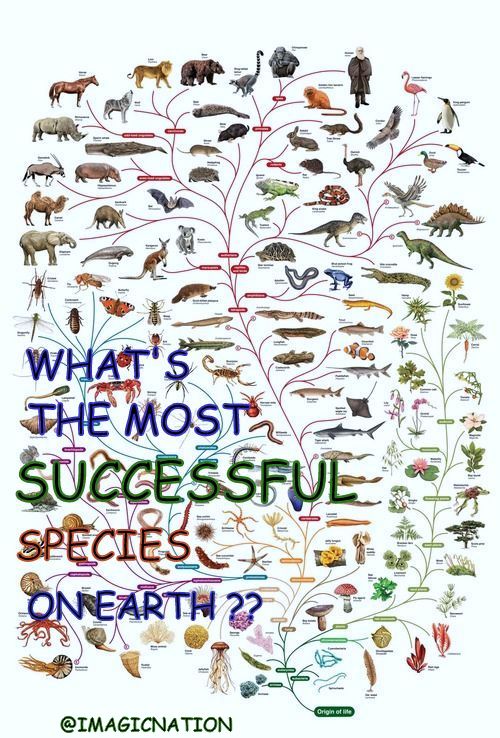
Hey guys…Have you ever wondered how successful humans are as a species?? 7,091,689,393. That's how many human beings there are on our planet Earth, right now (give or take). By most measures, humans are an incredibly successful species, so how do we compare to the rest of Earth? ?
At just over 7 billion, humans are near the topmost of the tally for mammals. But we're deeply outnumbered by the world's 10 billion bats, which as a group, make up a staggering 1 in 5 mammal species on Earth. Humans are also defeated in the bird world. The African red-billed Quelea is the most abundant bird on Earth, with as many as 10 billion individuals dotting the savannah and disturbing the elephants.
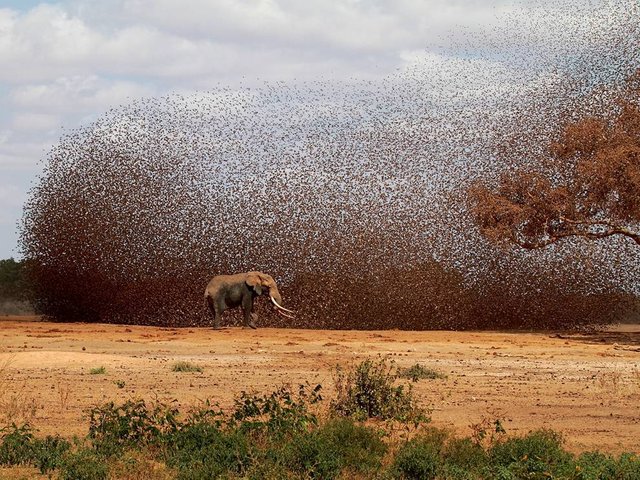
So, what do you think about the oceans that cover over 70% of Earth? The score for most fish is tough to know, but we know that one single school of Atlantic herring can be as big as one cubic mile, and comprise more than 4 billion individual fish. Now, when we get to insects the numbers start to get a bit hard to imagine. For example, if we counted all the aphids, on all the soybean plants, just on North American farms, we would find as many as a quadrillion aphid. And social insects take it to next level. Although a solo ant is only a few millimeters long, if we put all of Earth's ants on a scale, they would outweigh all of Earth's mammals combined ! Ants as a group are supposed to make up over 15% of all land animal biomass.
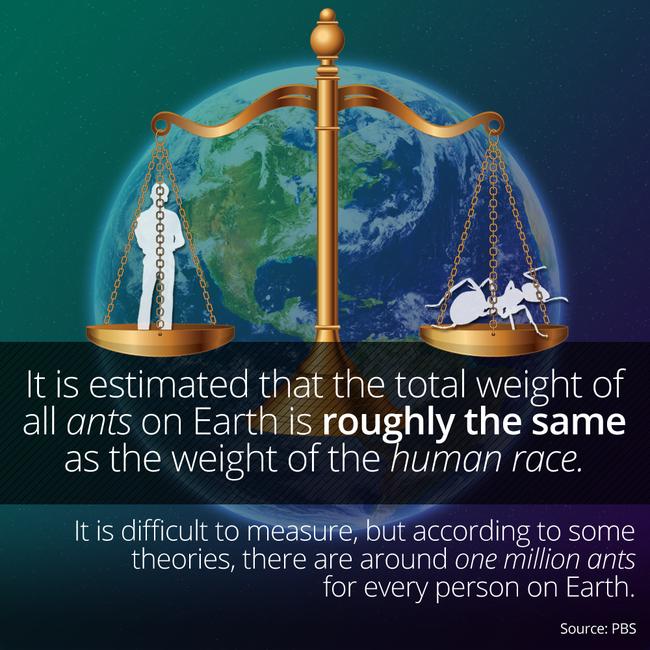
So, what's this "biomass" thing? If we could somehow take all the living things in one place, like a scoop of soil or a whole ocean, and put them on scale, that would be biomass. It's what populations of living things actually weigh. So, what do we observe if we start weighing different species? All 7 billion human beings on Earth weigh in at a hefty 287 million tons, but just one species of krill, which is that little crustacean eaten by large whales, weighs a total of 500 million tons on the scale together.
Take Aspens... now Aspen forests aren't really individual trees, they are colonies that grow out from a single clone connected underground. The weightiest single organism on Earth is an 80,000-year-old grove in Utah called Pando, which weighs in at over 6600 tons. Now talking about big underground organisms, what about fungi? There's an underground web of forest fungus in Oregon that covers the area of over 1,600 soccer fields. It's the largest known single organism by area, weighing over 75 space shuttles. But if you watched in the soil, the fungal web would be invisible. In fact, the single most enormous chunk of Earth's biomass can't even be seen with the naked eye. It's BACTERIA!!
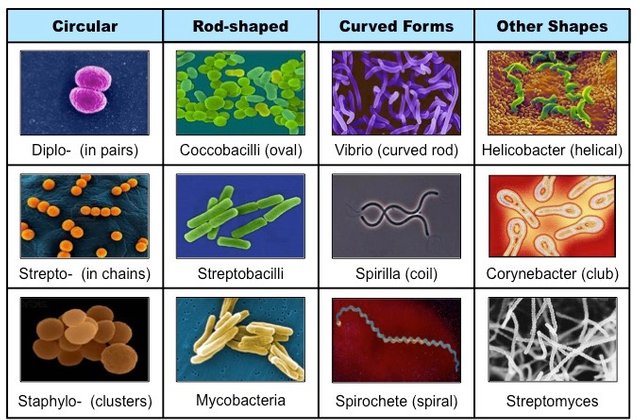
Different species of bacteria
In a single spoonful of soil, there could be 10,000 species of these tiny guys. Take this number: 3 septillion! That's 24 zeroes after the number 3 !!! That's only the number of bacteria in all of the cow stomachs on Earth. If you ask me though, the most astonishing piece of Earth's biomass is something that most people say isn't actually alive: VIRUSES !!
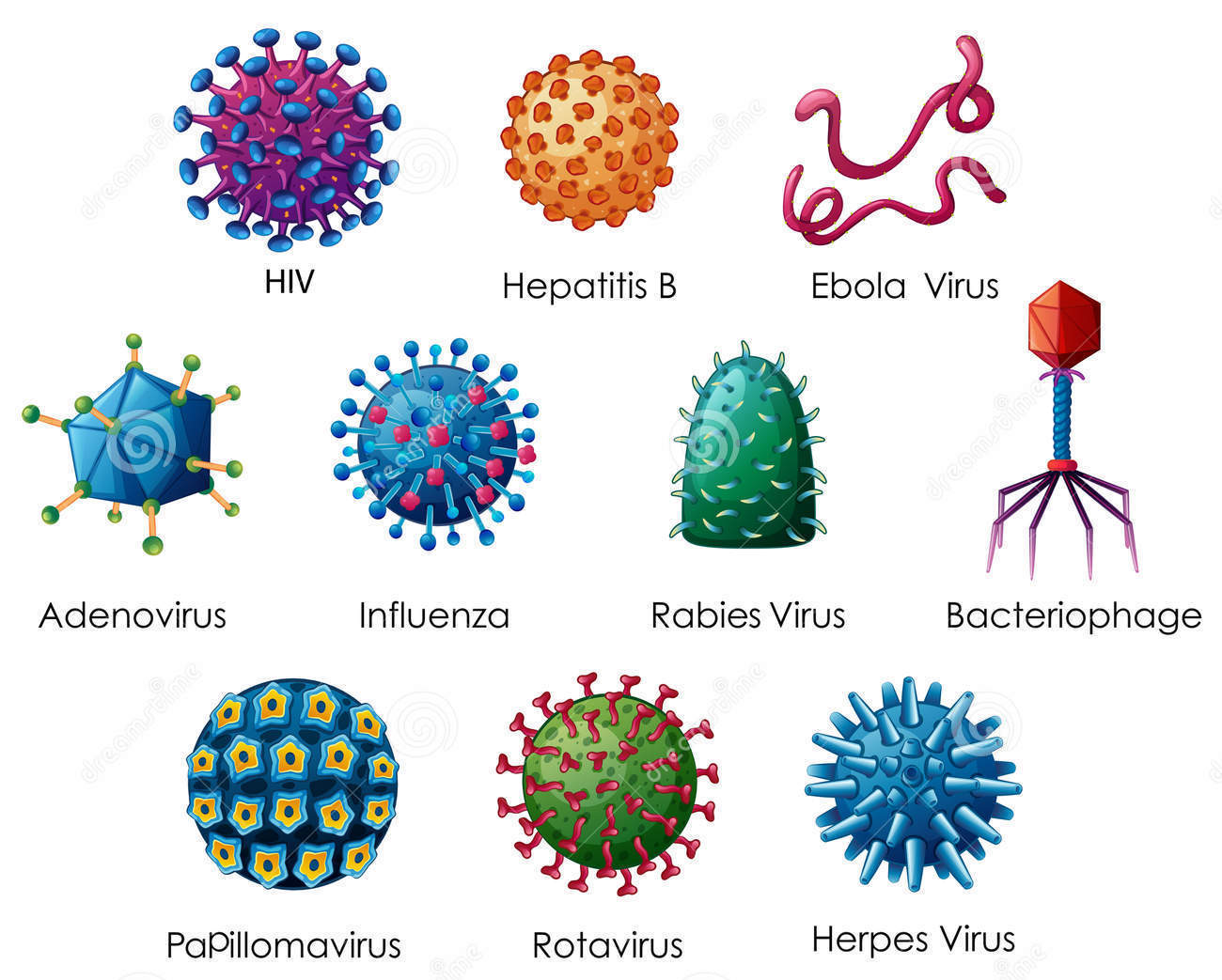
Different species of viruses
Viruses are minute, they're everywhere, and they infect every branch of life. So how many viruses are there on Earth altogether? Frankly we don't know, but we do have some good predictions for the number of viruses in the ocean. Get this: there's about 75 million blue whales worth of viruses in the sea, weight-wise !! If you took all those minute viruses and stretched them end to end, they'd extend a hundred times the diameter of the Milky Way galaxy.
So, humans have done quite well as a species, considering that we've only been around in our current form for about 200,000 years, and just 500 years ago there were less than half a billion of us. But now there's over 7 billion people on Earth, and by the time you finish reading this episode, there will be several hundred more than when you started.
And that simply means when it comes to getting things like food, energy, and a place to live, we've got to start paying attention to all the other hundreds of billions of tons of life on Earth.....!!
That’s all for today guys…
Hope you enjoyed it…
If you did, please feel free to drop your comments below…
References used :

1) https://www.sciencedaily.com/releases/2011/08/110823180459.htm
2) https://www.quora.com/Which-are-the-most-successful-animals-on-Earth
3) https://en.wikipedia.org/wiki/Species
Lastly, if you are a science lover, please don't forget to surf through my blog to view my previous posts too...

Plagiarizing youtube videos. Shame on you.
Respected sir,
I have given credits to all the images used...given references too...neither got any comment from cheetah bot...then how will I know if that's a plagiarism...
may be the contents match to certain extent, but the presentation wont I guess...and if you say plagiarism to that, then I'm sorry...may be I didnt understand the meaning of plagiarism !!
Your sincerely,
@imagicnation
No, you transcribed the post word for word from this youtube video:
Honestly speaking, I was unaware if doing so is inaccurate...and so, I deeply apologize for the mistake sir...it wont repeat again...